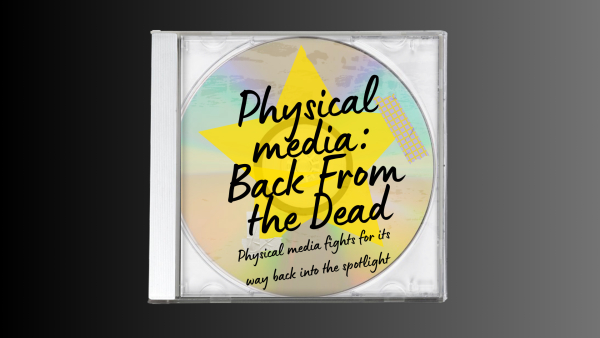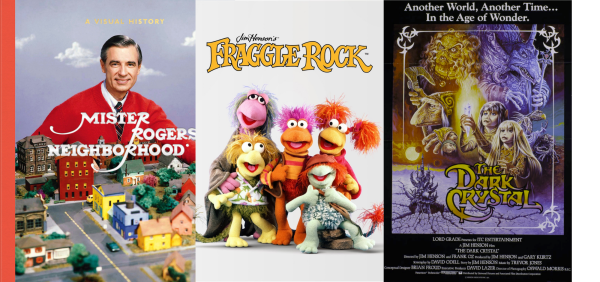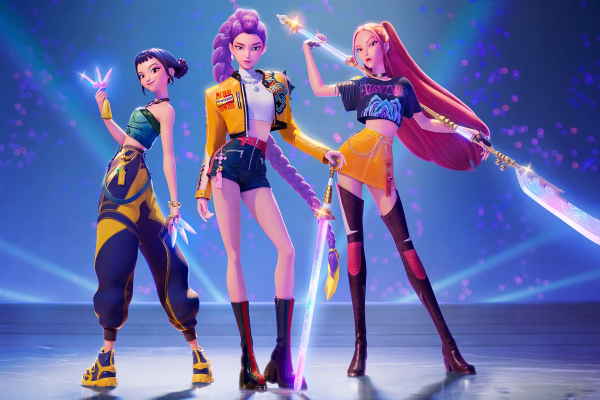Moulin Rouge!: Perspective, relevance, and art
Moulin Rouge!
The Moulin Rouge is a lot of things. It’s a cabaret in Paris, France, it’s a series of paintings by artist Henri de Toulouse-Lautrec, it’s the name of several films from the early to mid-20th century (1928, 1934, and 1952). However, most famously it is Moulin Rouge!, the 2001 movie directed by Baz Luhrman and it’s eventual Broadway adaptation Moulin Rouge!: The Musical.

Luhrman’s vision of Moulin Rouge! has remained immortal for numerous reasons. The creative decisions are bold and decisive, it came about in the wake of a movie musical drought, and the jukebox musical style (using pre-existing music in a new context, like Mamma Mia!, Rock of Ages, and Jersey Boys) while not new, would see a resurgence in popularity a short time later, further perpetuating the success of Luhrman’s movie.
My initial viewing of Moulin Rouge! took place over quarantine, and my second viewing was nearly a year later. Then, with the privilege of seeing the stage show at the Walton Arts Center, my mind once again became immersed in the world of surreal visuals, romantic melodrama, and pop-songs that shouldn’t work but do.
It’s a complicated story to keep returning to because of it’s simplicity.
Moulin Rouge! is about Satine (Nicole Kidman in the 2001 movie) who works as a courtesan at the famous Parisian nightclub. One night, young artist Christian (Ewan McGregor) enters the club, hoping to convince Satine to be the star of the play he and his Bohemian friends are writing. The two near-immediately fall in love, but their relationship is threatened by the Duke (Richard Roxborough) who is financing Christian’s play while demanding Satine’s affection in return. The further into the play they get, the more complicated their emotions and situation become.

The framing device of a story within a story works for the movie, but intentionally reduces the characters to abstractions. Christian is ‘the artist,’ Satine is ‘the muse,’ and the Duke is ‘the villain.’ When watching the movie, the conflict is less about if Christian and Satine will be together than it is about artistic integrity– principally, can art be bought by the highest bidder? Is art controlled by the ultra-wealthy?
To the first question, the movie answers ‘no’ because ultimately the beauty of art and freedom can triumph over the seductive allure of power. To the second question, the movie answers ‘yes, but it doesn’t have to be’ showing artists can chose the life of romantic, righteous poverty over the comfortable life of a sell-out.
These conflicts are deeply interesting, if not over-simplified, but it is here the movie fumbles. By having the characters act as representatives of larger ideas, Satine the person becomes the embodiment of art, with Christian and the Duke already positioned to represent integrity and wealth respectively. So Christian and the Duke are not fighting to retain control over the theater show, they’re fighting to retain control over Satine.
The movie takes Christian’s viewpoint, allowing him to serve as the perspective through which the audience sees the events of the story. And in doing this, the movie takes Christian’s side in the conflict of the story as well– he is justified in how he acts towards Satine and the other characters because he is the protagonist.
In contrast, all of the Duke’s actions are painted in a negative light, with everything he does used as proof of his villainy. Of course, this framing doesn’t mean the Duke is being unfairly painted. The Duke is undeniably manipulative, cruel, violent, and entitled. He’s dangerous, but Christian also exhibits these bouts of manipulation and entitlement. It may not be as blatant, but Christian still views himself as being deserving of Satine’s time and affection, becoming jealous when he is not privy to all aspects of her life, and intentionally complicating decisions for her.
Satine is not perfect, but when the narrative treats her more as a plot device than a character, it’s impossible to judge her for not exhibiting agency. She is trapped in a gilded cage regardless what she chooses.
This realization, however, was not clear to me when I first watched the movie nor has detracted from my enjoyment of the story in later viewings.
There’s an undeniable joy to the way Luhrman approaches his story. Moulin Rouge! Is unabashedly proud of its status as a musical. There are frequent musical numbers, extended dance sequences, and a theatricality reminiscent of what is seen on stage.
The costumes are gorgeous, the makeup is over the top, and the exaggerated editing transports the audience to the Moulin Rouge and allows them to fully engage with the world presented to them.
Throughout the trials of the movie and the characters mistakes, it’s impossible to pull away from them. No matter how unbelievable the circumstance or tragic the outcome, Moulin Rouge! keeps the audience engaged and anticipating wherever the narrative takes them next.

As a byproduct of the Broadway show’s commercial and Tony success, and the COVID-19 pandemic, I expect interest in the story and the popularity of the story to increase. The most enduring aspect of Moulin Rouge! (aside from it’s iconic visuals and performances) is its celebration of human experience and innovation.
Moulin Rouge! is a joyous look at the way people reinvent themselves, push the boundaries of acceptability, and connect with one another. It’s about the joy of difference, change, and choosing a new future despite the difficulty that will come.
After several years without live theater and with necessary safety limits on what art could be produced, Moulin Rouge! reflects the core appeal of creation and the joy of trying something new. Moulin Rouge! celebrates artists in all their venues and all their crazy, Bohemian dreams.
8/10 would have complicated, music-filled thoughts again
Further Breakdown:
Writing Quality: 8/10 Enjoyability: 10/10
Pace: 9/10 Visual elements: 9/10
Plot development: 8.5/10 Insightfulness: 8/10
Characters: 8.5/10






